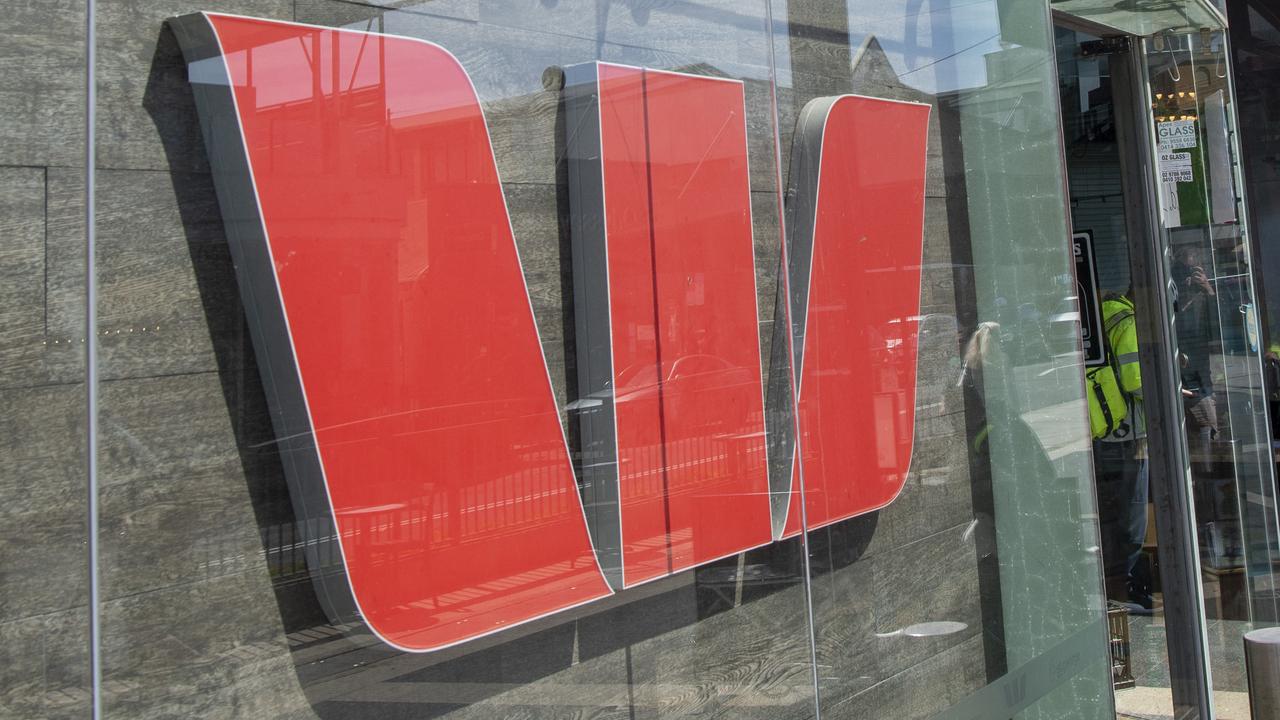‘Blokes’ bonus’: The jobs where Australian men earn more
Three-quarters of employers now offer flexible hours to help more Australians juggle work and family life – but men still pocket more cash than women.

Careers
Don't miss out on the headlines from Careers. Followed categories will be added to My News.
Three-quarters of employers now offer flexible hours, in a work-life “industrial revolution” to help more Australians juggle work and family life – but men still pocket a “blokes’ bonus’’ in terms of pay.
New data from the federal government’s Workplace Gender Equality Agency (WGEA) reveals that 75.9 per cent of companies had a flexible working policy before the COVID-19 pandemic hit in March – up from just 60 per cent five years ago.
WGEA director Libby Lyons yesterday called on bosses to make flexible work mainstream and permanent.
“The COVID-19 crisis has proved to Australian employers that they can trust their employees to work flexibly and still be productive,’’ Ms Lyons said.
“You don’t have to sit in an office to … do your job – you can do it remotely or in hours that suit the responsibilities you have outside work.’’
The WGEA data, based on reports from nearly 5000 companies with 4 million staff representing 40 per cent of Australia’s workforce, reveals two-thirds of men work full-time, compared to just 41 per cent of women.
Men earn 20 per cent more than women, on average, for full-time work, taking home an average of $25,543 extra each year.
Women make up 40 per cent of managers, although just 18 per cent are in charge of companies and one-third are senior executives.
In top management roles, men earn 23.4 per cent more than women doing comparable full-time jobs – pocketing $89,141 extra.

The fresh data confirms News Corp Australia’s revelation this month of a “blokes’ bonus’’, with female university graduates paid less than men in their first job in the same field.
Women working in the professions, such as law or accountancy, take home nearly $25,000 less than their male colleagues.
Clerical and office staff earn nearly 8 per cent more – or $6327 – if they are male.
In community and personal services, women earn nearly 10 per cent or $7467 less than men.
Tradies earn 25 per cent more if they are male – bringing home $28,363 more than women – as male-dominated trades such as plumbing and electrics pay more than female-focused trades like hairdressing.
The worst profession for women’s pay is the financial and insurance industry, where men pocket $45,497 or 27.5 per cent more in average total earnings including overtime, commissions, penalty rates and bonuses.
Even the base salary for women is $26,451 or 21 per cent lower than for men.

Public servants have the fairest pay, although men still earn $7223 more than women, on average – a 7.7 per cent gender pay gap.
In retail, women earn $12,313 or 13.8 per cent less than men when commissions and overtime are counted.
The base salary is $6449 or 9 per cent lower for women in retail.
In real estate, where many backroom staff are women, men earn $36,058 more, reflecting commissions paid to real estate agents and agency owners.
The base salary for women is $16,642 – 15.8 per cent lower than men’s.
In education, where most women are teachers and men earn higher salaries as principals, men earn $11,562 more on average each year, with a 11.5 per cent pay gap for total remuneration.
Even in fields dominated by women, such as the COVID-19 crucial areas of health care and social assistance, men are paid $16,700 or 15.7 per cent more than women.
And in the media industry, men earn $30,784 or 22 per cent more than women in total remuneration.
The gender gap in media came to a flashpoint in 2017 when TV host Lisa Wilkinson jumped ship after discovering the Nine Network had been paying her less than co-host Karl Stefanovic.
MORE NEWS
Uber Eats boss calls for new laws to protect workers



